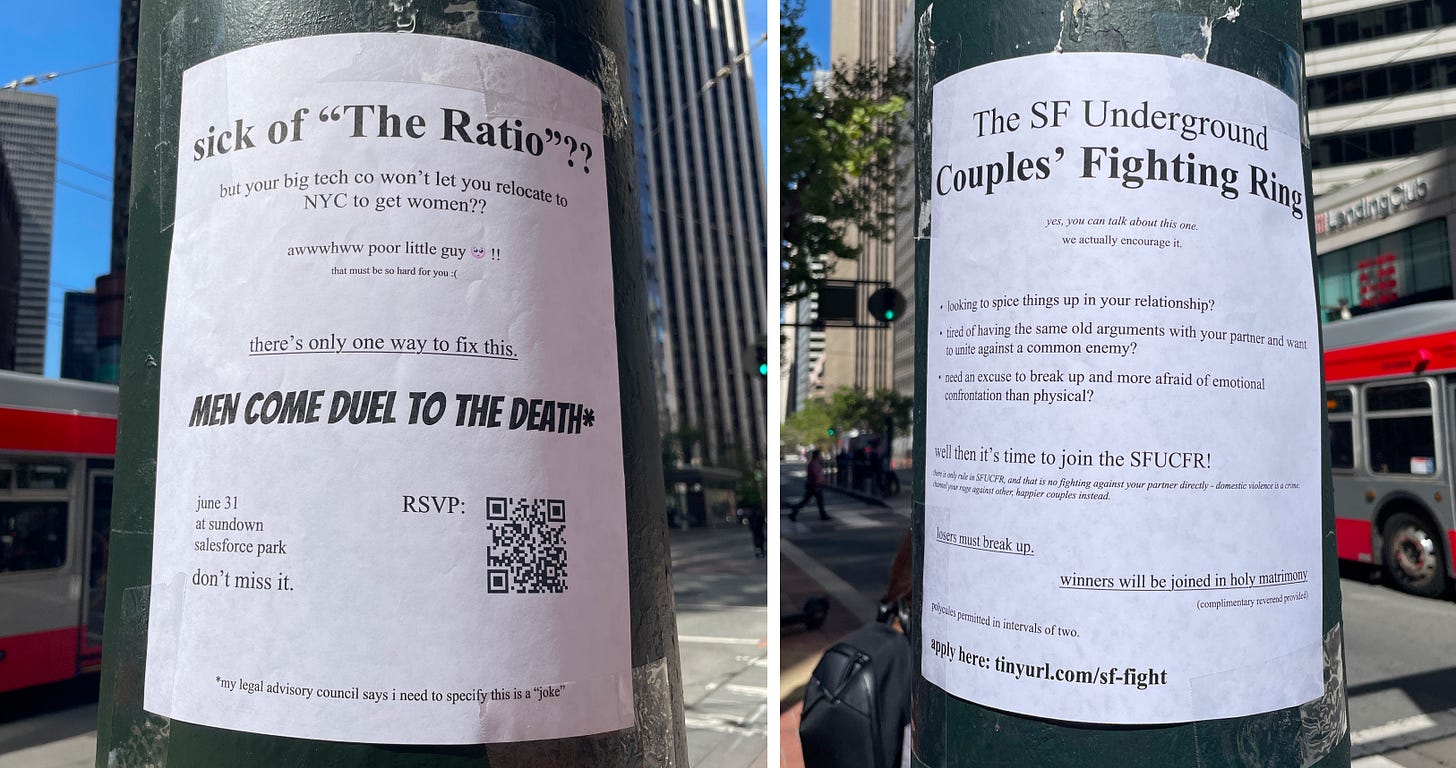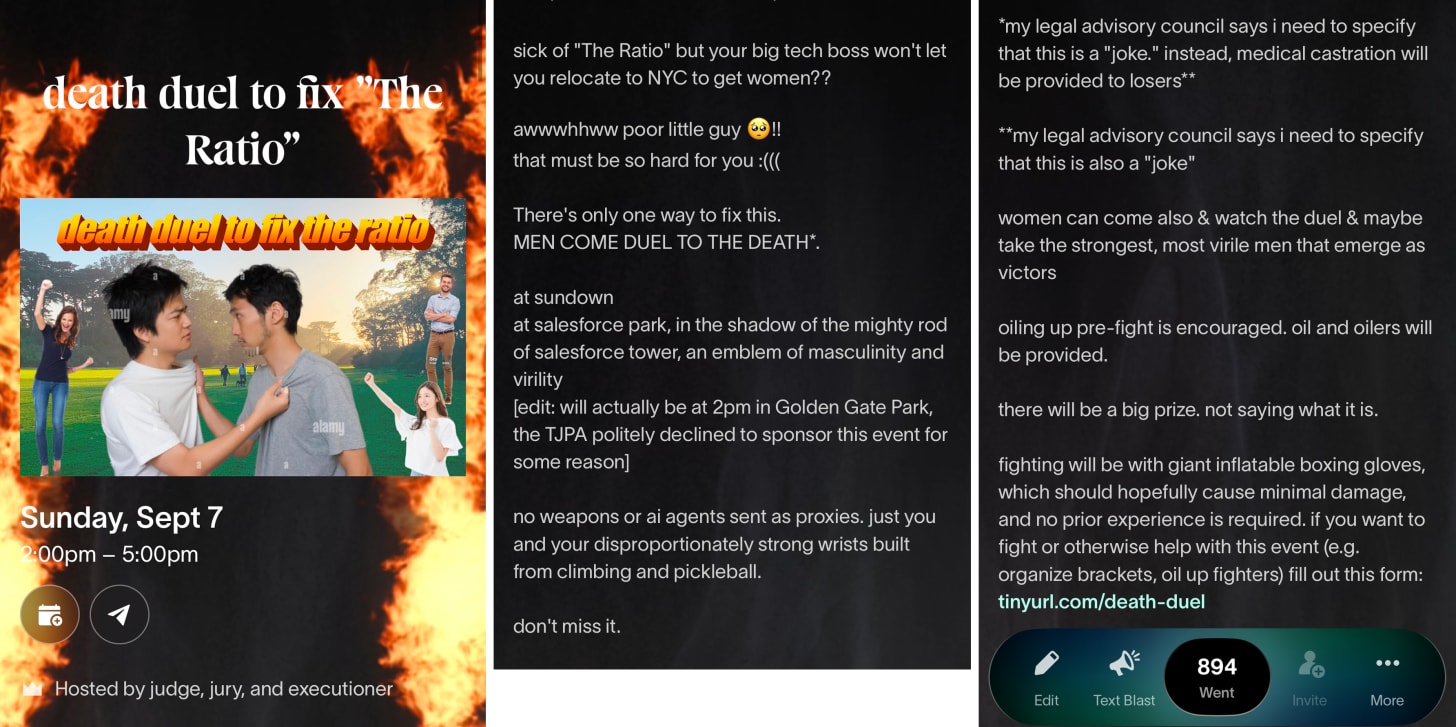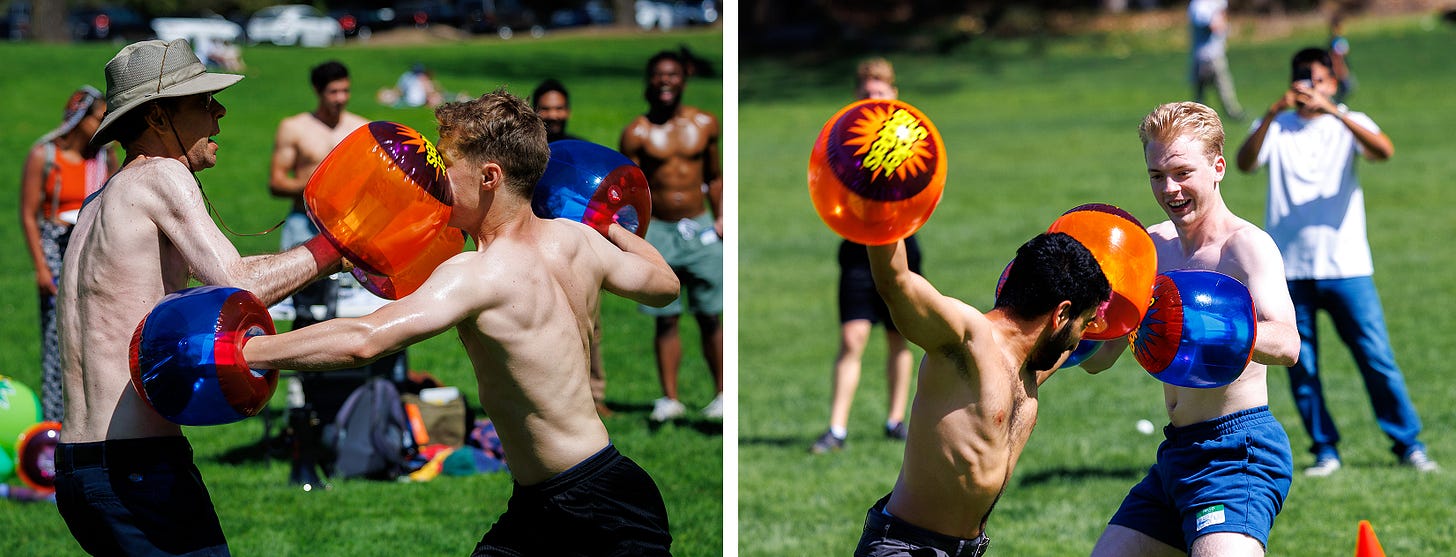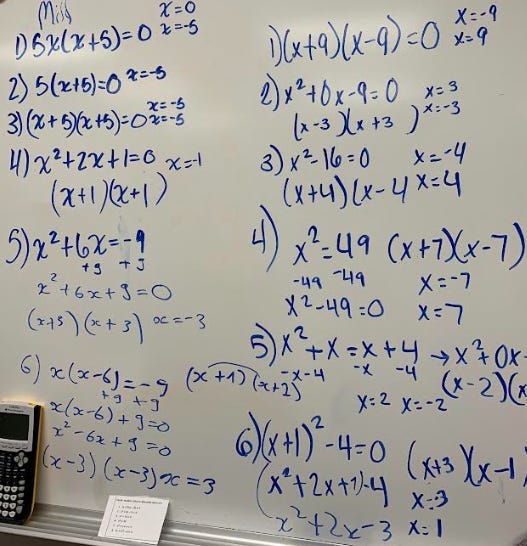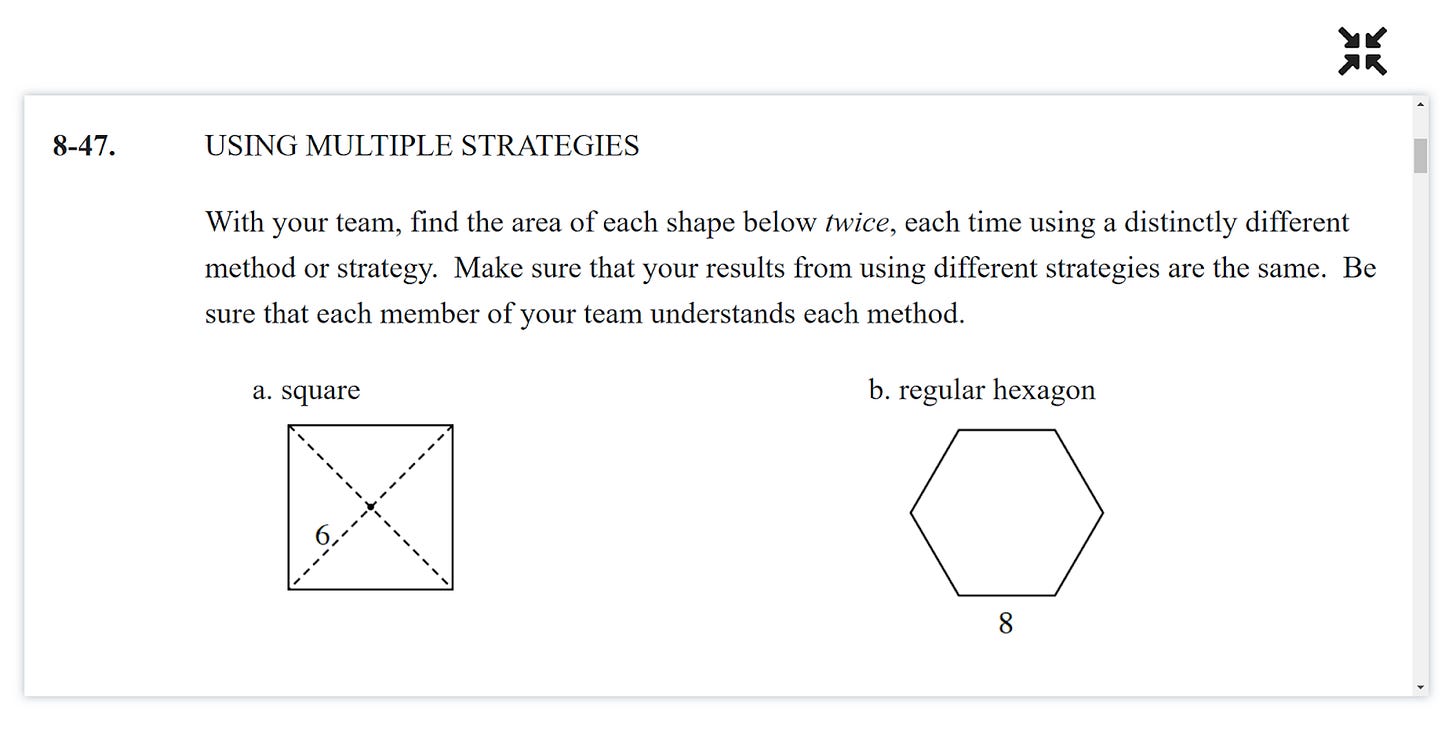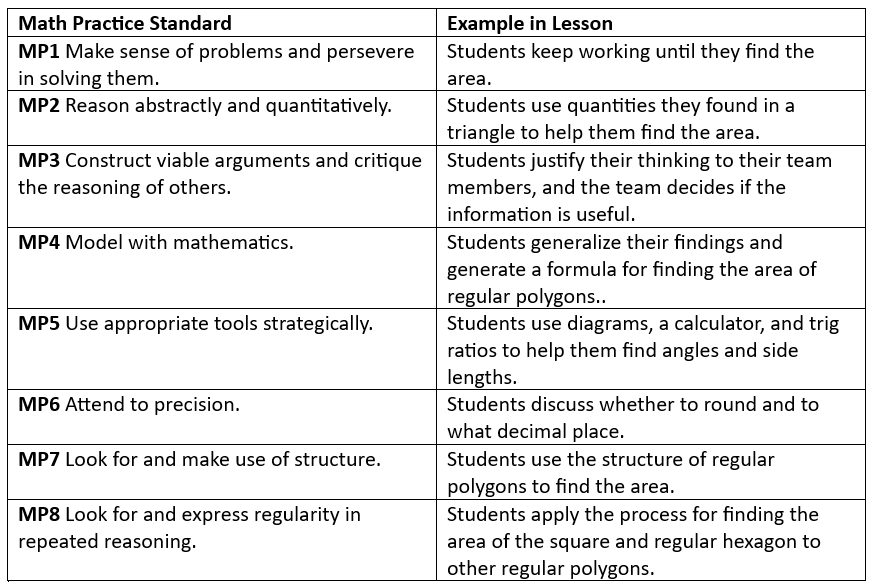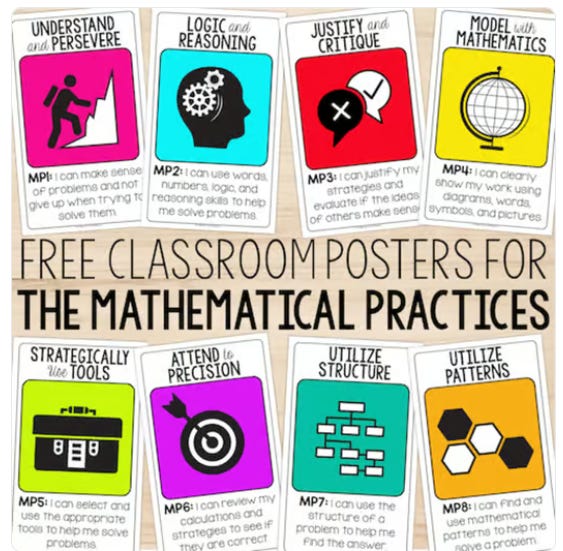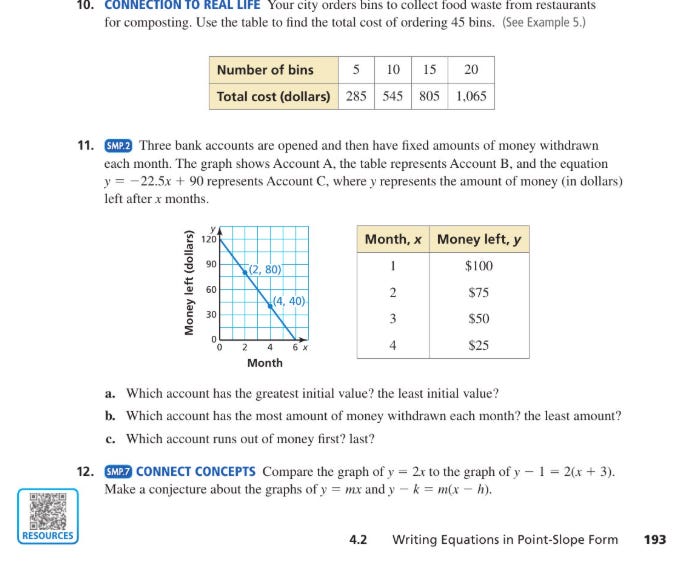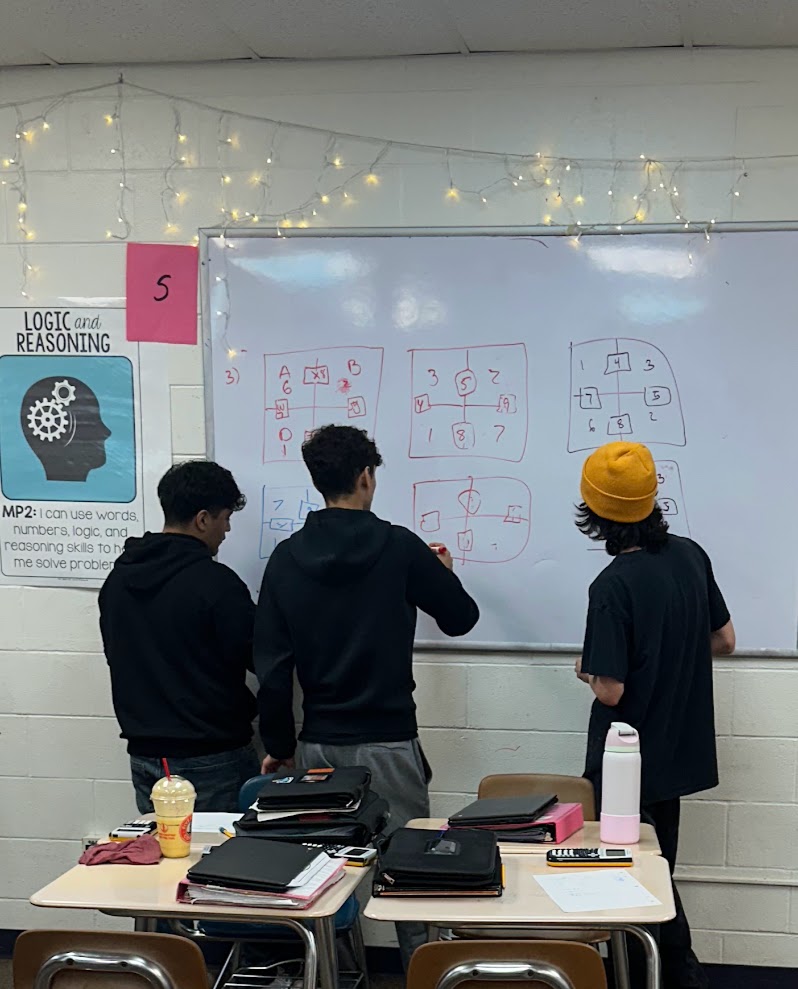I’m a trained historian. At least I consider myself one, with a Master’s in History and in International Relations, I think I qualify. But, today I must confess to a dilettantish interest in the history of mathematics. Now, please understand that I am no mathematician. I struggled through college algebra. I will, however, add that when I completed college algebra my analytical faculties grew so profoundly—at least to me in hindsight—that I made the Dean’s List every semester thereafter. So, I believe there is something quite important to be said about learning how to solve for ’n’ that we should impart to our children. In the beginning the abstract nature of algebra confounded me, but once I was able to conceptualize it, I began mastering the equations and, as aforementioned, my intellectually faculties grew rapidly and intensely. Soon, my intolerance for fucktose in an history text—or any text for that matter— become keen, acute and annoying as hell to many of my fellow junior and senior history seminar classmates. But I digress. This is about math. Let me add before the next paragraph begins that I also never took calculus. But we’ll get to calculus soon.
First, my fascination began with Euclid and how he systematized and synthesized Egyptian and Babylonian ideas into a coherent structure of elements that led to modern plane geometry. The dude took the wisdom of the pyramid builders and the ziggurat builders and discovered a way of looking at the world to build in new ways. That takes a hell of a mind, one I can appreciate, even at his far of a distance in time. As I studied Euclid I learned that Babylonia used a base-sixty numerical system. While the Egyptians used a base-ten system. The Egyptians were the first to utilize fractions around 1000 BC. Then, in the 5th century BC the Indians in an attempt to square the circle calculated the square root of two correctly to five decimal places. Then around 300 BC the Indians used Brahmi numerals to further refine the true ancestor to our base-ten system. At the same time the Babylonians invented the abacus.
The poor Romans didn’t do diddly for mathematics. Imagine complex calculations with Roman numerals? Screw that. But they sure used them to build roads and survey, among other things. So, kudos to them for applied mathematics. At lot of stuff happened between the Romans and the next development. Stuff which I am skipping because I’m trying to get to a simple point without using two thousand words to do so.
Something truly remarkable happened in India in 628 AD. Brahmagupta wrote a book that clearly explains and delineates the role of zero in a proton-hind Arabic script. This was positively revolutionary. He is the clear discoverer of the modern place value system of numbers, as well. Well, natural numbers, that is.
And now stuff really begins to accelerate.
In 810 the House of Wisdom is built in Baghdad for express purpose of translating Greek and Sanskrit mathematical and philosophical texts. Ten years later, in 820 a Persian from Khwarazm—the delta of the Oxus River into the former Aral Sea discovered a way to solve linear and quadratic equations. His name was al-Khwarizmi and his book was called Al Jabr—which was Europeanized into algebra. His book, once it reached Europe three and a half centuries later introduces the Hindu-Arabic numeral system that is adopted wholesale by the nascent scientific community emerging in the earliest European universities. Universities also have a Muslim Golden Age pedigree, coming from the great Persian vizier to the Seljuk Sultan of Central Asia Malik Shah, Nizam al-Mulk. His Nizamiyyas, now known as madrassas, were built all over the Seljuk realm and were the earliest versions of universities, where men came from all over to learn many different topics. Sadly, the madrassas fell into stagnation when al-Ghazali closed the gates of ijtihad (open questioning) in 1091 with his book The Incoherence of the Philosophers. The Muslim Golden Age ended that year.
Now, between the foundation of the earliest European universities and Isaac Newton, a lot of essential groundwork was laid for Ike’s work. I seek not to diminish any of that. But Newton begat not one, not two, not three but four revolutions in science: optics, mathematics, mechanics and gravity. His discovery of infinitesimal calculus is literally the base for modern rocket science as he used it to calculate and predict with stunning accuracy movements of heavenly bodies, hitherto impossible. Newton is simply the single greatest mind in the history of human science. He stands on the shoulders of some mighty men, but his accomplishments are of the ages.
Now, I come to the point. In this essay I have used a very specific word with each mathematical advance I have discussed. That word is “discovered.” I have purposefully eschewed the use of “invented.” And I have done so for a damn good reason. I am what you call a ‘mathematical Platonist.’ Said theory is defined by Wikipedia as “the form of realism that suggests mathematical entities are abstract, have no spatiotemporal or causal properties, and are eternal and unchanging.” Thus, as the Brits would say, ‘maths’ are discovered. However, the opposite of said theory is mathematical nominalism, which has its merits and is defined as, “the philosophical view that abstract mathematical objects like numbers, sets, and functions do not exist in reality, or at least do not exist as abstract entities independent of concrete things or the mind.” Thus as we Yanks say, they be invented.
So why did I write this essay? Because this discussion on the merits of the two theories is utterly fascinating to me. And if you have ten minutes and a solid high school foundation in mathematics you will most certainly understand and appreciate it. The interview engrossed me from the first question.
One final note: Ms. Jonas, the philosopher of math being interviewed says that she is 87% certain mathematical Platonism is correct, I’ll add my confidence level as about 59%. Why? Because there is some set theory ideas I simply cannot wrap my danged head around–I reckon my grey matter isn’t as big or maybe as sophisticated as Ian’s. I licked logic in college with an A+ but this set theory stuff. Good grief. The paradoxes drive me wonko! (If you get the reference add ten bonus points to your final grade.)
If you’ve read this far, and you’ve read some of my articles and most if not all of Ian’s, then you might wish to Subscribe or donate. Ian has written over 3,500 posts, and the site, and Ian, need the money to keep the shop running. So please, consider it.

